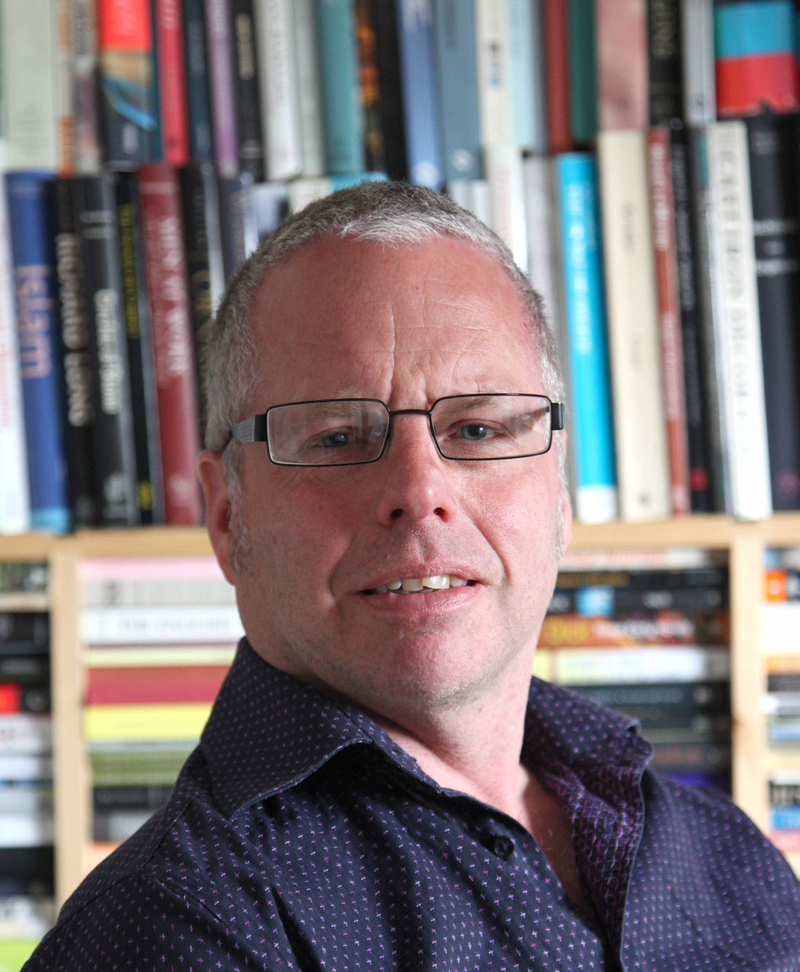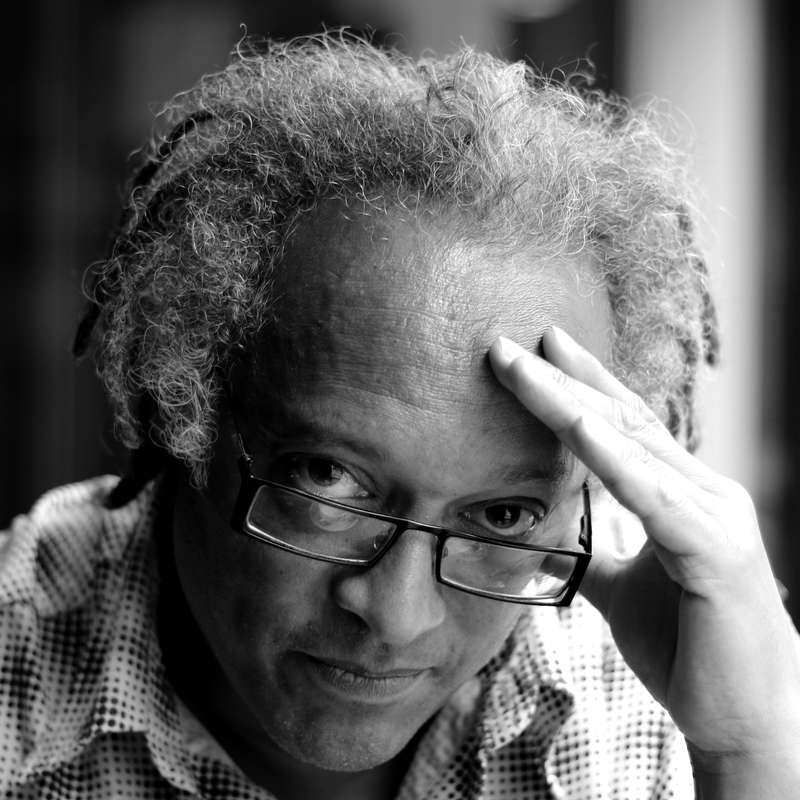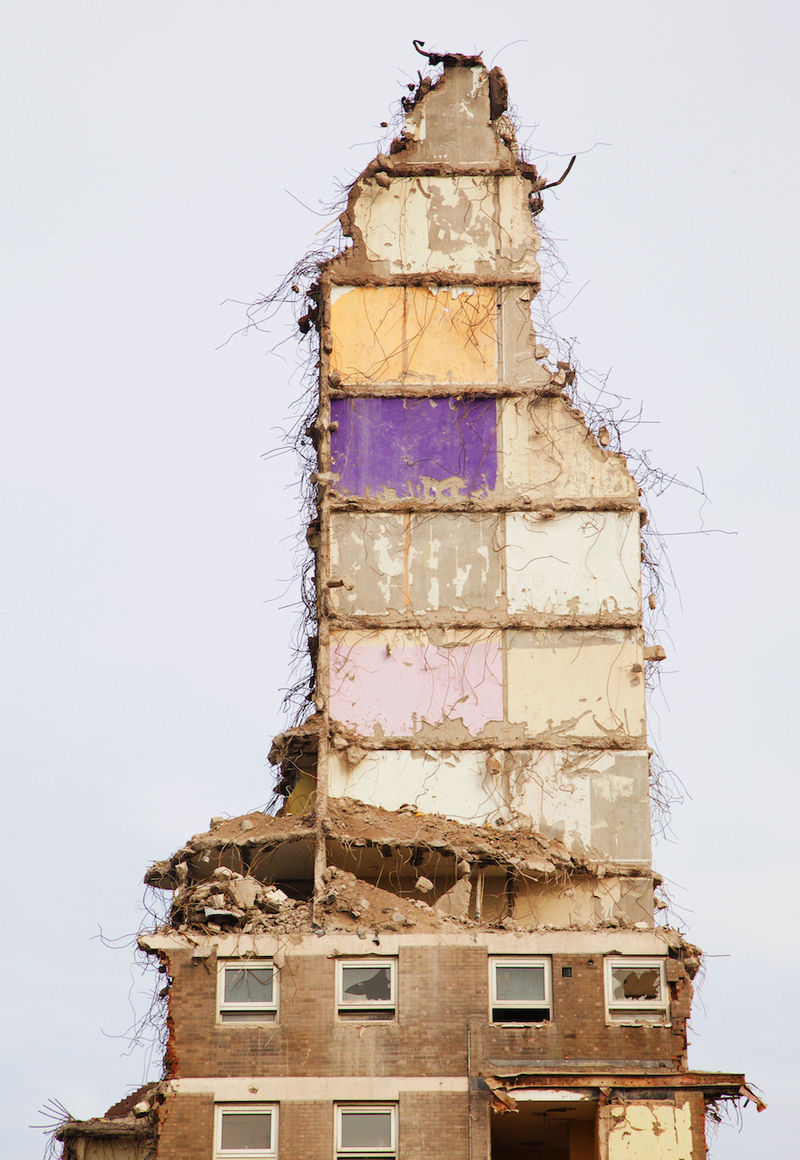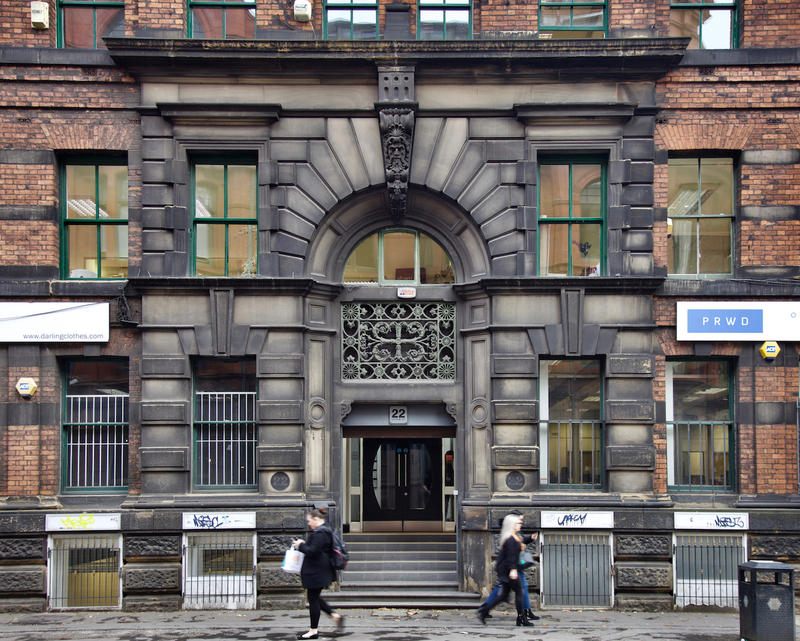Danny Moran on this new collection of mind-opening perspectives on urban life
Psychogeography, that playful pursuit where people seek new meanings in familiar landscapes, has been much the rage in recent times. There’s now a wealth of literature devoted to the architectural arcana, folkloric factoids and street-level sense-impressions of various places, including Manchester. There may be few occasions in life where one need look beyond the Schofield Gospels for spiritual sustenance in matters of the city, but should you be wishing for a walk on the wilder side then this new volume from Manchester University Press is bidding for your attention.
There’s strong material in this ragbag of themed think-pieces
Editors Paul Dobraszczyk and Sarah Butler are an architectural writer and a novelist, whose work addresses the margins of planned spaces and the nature of urban identities.
The former’s Stones of Manchester project is a magnificent photographic record of the city which garnered national attention on completion a couple of years ago.
Butler’s 2016 novel Before The Fire, meanwhile, brought to life a Manchester estate against a backdrop of civil unrest.


Bringing together a clutch of academics and fellow travellers who beaver at the margins of the city’s self-investigation - and whom we may or may not consider cast members of a de facto leftfied ‘scene’ - their new book is one whose contributor list is almost as useful as the essays it features to anyone looking to tease out new angles on the Mancunian map – be they the Gingko trees which survived Hiroshima in Stephenson Square, or the Egyptian treasures half-inched by colonial Cottonopolis at the Manchester Museum, or the whispers of Ginnie Greenteeth predating her present-day descendent, the fabled canal-side ‘Pusher’.

Morag Rose is a local institution whose public walks under the Loiterers Resistance Movement banner comprise the definitive attempt to unlearn the city as we know it.
Novelist Peter Kalu is director of the city’s premier writers’ development agency Commonword and a pioneer in local crime and black YA fiction.
Journalist Natalie Bradbury’s articles for The Modernist and other outlets have been at the forefront of the revival of interest in municipal architecture, design and public art.

Academic Nick Dunn wrote a mind-bending book called Dark Matters a couple of years ago about nightwalking as a means of reclaiming the landscape from the people who own it.
Agitator Steve Hanson – not so much a loose cannon, politically, as a cannon on castors adrift on an ice rink polished with injustice – has been the lynchpin in a variety of projects stemming from the dissident Manchester Left Writers group when not laying bare the limits of small town thinking in the globalized world.
Researcher Jonathan Silver has been a key player in the post-Manchester Shield resistance, uncovering the economics of Manchester’s property sector for Greater Manchester Housing Action and others.

Their own books aside, the work of these and other contributors has featured regularly in such publications as The Modernist, Hanson’s Manchester Review of Books mailshot and street ‘zines such as Shock City.
There is of course a fine line between the seer-like psychogeographer unearthing magic beneath the paving and a certifiable psycho geographer for whom a patch of nettles behind a public convenience can be eulogized as a ‘liminal space’ where ‘the city has lost control’ – a very fine line, given that the fightback from nature is a key reference point on the counterintuitive A to Z.
Woolly academics’ prose or too much of the touchy-feely stuff can sell short the very real epiphanies to be had with new ways of experiencing the places we live and work in. It can genuinely be fruitful to meditate on the impact of the city on the self by pausing to feel the vibrations of the trams - but it isn’t straightforward to suggest why to the skeptical reader.

There’s strong material in this ragbag of themed think-pieces - Rose recalling the attack which prompted her to reclaim the streets from her nightmares; Kalu conjuring the realities of Manchester’s sewer system with unnerving brio; Tim Edensor on the sources of municipal cobble stone; Hanson on the ubiquity of facades in post-modern, post-Factory Records Manchester - plus Simon Buckley’s celebrated ‘iPhone Lowry’ on the cover and a good helping of Dobraszczyk’s magnificently crisp photography.
But still the sense, at times, that more definitive work from some of these figures is to be found elsewhere.

There’s a crowded market in this line of publishing and a need for the discipline to evolve. Manchester-based poet Michael Symmons Roberts’s meditation on ‘Edgelands’ appeared some eight years ago now. Phil Griffin brought a singular sense of story-telling to the practice in 2015. Nigel Barlow’s Around Manchester was a highly engaging feat of research and imagination published the following year. There are others.
What this unique band of specialists have to their advantage, at their best, are mind-opening perspectives on urban life beyond the thinking of your average commentator.
It’s to be hoped, then, that this book proves a gateway to further collaborations and continuing cross-fertilisation. A regular journal under the auspices of a demanding editor to bridge further the gap between academia and the general reader would be hugely welcome.












